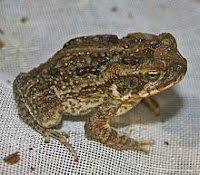As the holidays are fast approaching, I've been thinking alot about how to serve some of Redhead Tilapia's pacu fish to our family and friends. I came across this recipie. It looks good! Imagine a plate of grilled pacu ribs with a side of atchara! YUMMY!
Pacu Ribs with Citrus BBQ Sauce
(Serves 1)
Citrus BBQ sauce
1/4 cup orange juice
1 tablespoon grapefruit juice
1 tablespoon lemon juice
1 teaspoon lime juice
1 cup ketchup
12 cup white wine
2 cups brown sugar
2 tablespoons Worcestershire sauce
2 cups water
Whisk all the ingredients together in a large saucepan and bring to a boil over medium-high heat. Reduce heat to maintain a simmer and cook, stirring occasionally, until reduced by about half or to desired thickness, about 1 hour.
Pacu
6 ounces pacu ribs
1 tablespoon olive oil
1 cup citrus BBQ sauce (see above)
Salt and pepper
Heat a skillet, add olive oil. Sear pacu skin down for 1 minute, turn, add 1/2 cup BBQ sauce on top and place it in oven for about 5 minutes.
Slice fish into ribs, add rest of BBQ sauce.
















